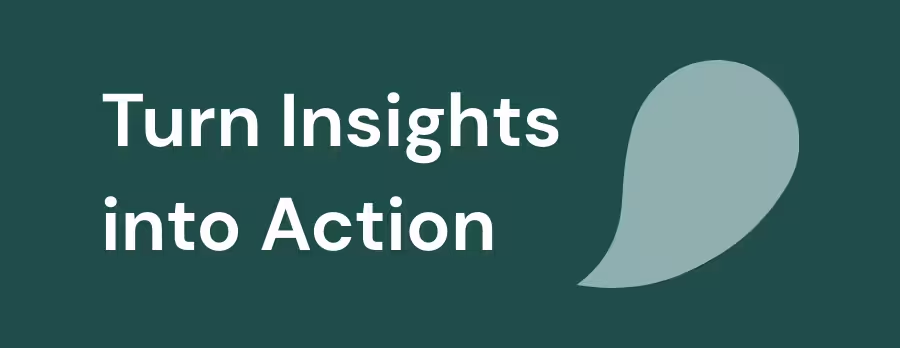Often described as the professional illness of our time, burnout—or work-related exhaustion syndrome— is now at the center of workplace well-being debates. Cases have increased steadily over the past decade, and the pandemic only accelerated the trend.
The challenge? Even though burnout is widely discussed, it’s still misunderstood and surrounded by misconceptions. This leads to stereotypes that prevent organizations from addressing the issue effectively.
Here, we break down 5 common myths about burnout—and share how HR leaders can tackle them.
Myth #1: “Burnout is just being tired”
Burnout goes far beyond occasional fatigue. It manifests across emotional, physical, cognitive, and behavioral levels.
Specialists often describe burnout through three dimensions:
- Exhaustion: physical (e.g., difficulty sleeping) and mental (e.g., feeling constantly overwhelmed).
- Depersonalization or cynicism: distancing oneself from work, colleagues, or responsibilities.
- Reduced effectiveness: a decline in confidence, productivity, and sense of competence.
Key takeaway for HR: Burnout is not about “needing more rest.” It’s the outcome of chronic, unmanaged stressors and requires structured support—not just recovery time.
Myth #2: “The symptoms are obvious”
In reality, burnout develops gradually and can take years to manifest fully. Its warning signs—such as insomnia, anxiety, irritability, or overcommitment—may look insignificant when seen in isolation.
Employees often don’t recognize their own early symptoms. That’s why managers and HR teams play a critical role in spotting patterns and creating space for conversations about well-being.
Key takeaway for HR: Invest in manager training to recognize subtle signals, encourage check-ins, and normalize asking for help.
Myth #3: “Burnout is a medical disease”
Burnout is officially classified as a “work-related phenomenon” rather than a disease in medical taxonomies. While it can lead to clinical conditions such as depression or anxiety disorders, burnout itself is not universally recognized as a standalone medical diagnosis.
This lack of official recognition makes prevention and treatment more complex—but also highlights the role employers must play in supporting employees before it escalates.
Key takeaway for HR: Position burnout prevention as part of your workplace well-being strategy, not just a medical concern.
Myth #4: “Only mentally fragile people burn out”
Burnout is not about individual weakness. It affects people across all industries, levels of responsibility, and personality types—including high achievers, managers, and HR leaders themselves.
Anyone exposed to chronic stress, lack of autonomy, conflicting values, or constant overload can be at risk.
Key takeaway for HR: Address burnout as a systemic workplace issue, not as a personal failing. Focus on organizational factors—workload, clarity, recognition, and culture.
Myth #5: “Talking about burnout will scare employees”
On the contrary, open dialogue reduces stigma. Employees already know burnout exists—ignoring it makes the problem worse. Creating a culture where people can share their struggles fosters trust, early detection, and timely support.
Key takeaway for HR: Lead with transparency. Communicate clearly about available resources, share leadership endorsements, and highlight peer testimonials when appropriate.
Why Employers Must Act
Burnout is damaging not just for individuals but also for teams and organizations: it reduces engagement, performance, and retention while increasing absenteeism and turnover costs.
Research consistently shows that investing in mental health delivers strong returns: for every $1 invested in prevention and support, companies can see up to $4 in ROI through reduced absenteeism, presenteeism, and staff churn.
Final Word
Burnout is not inevitable—it can be understood, prevented, and managed. By dismantling myths and implementing proactive strategies, HR leaders can protect employees, strengthen company culture, and safeguard long-term performance.





